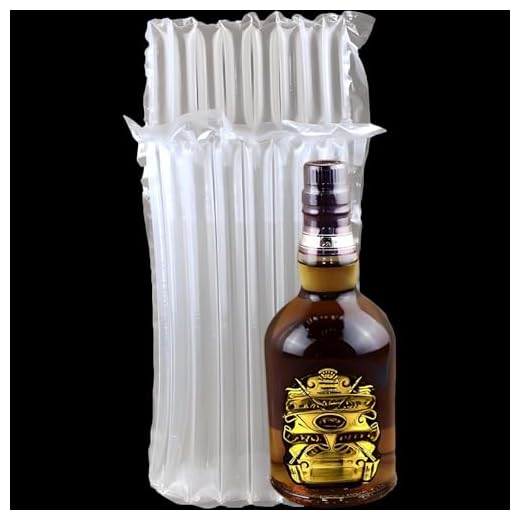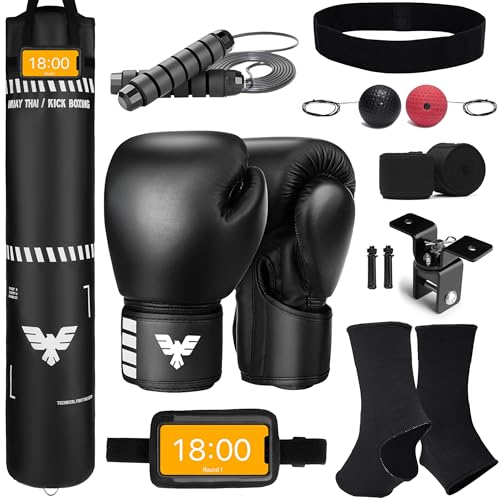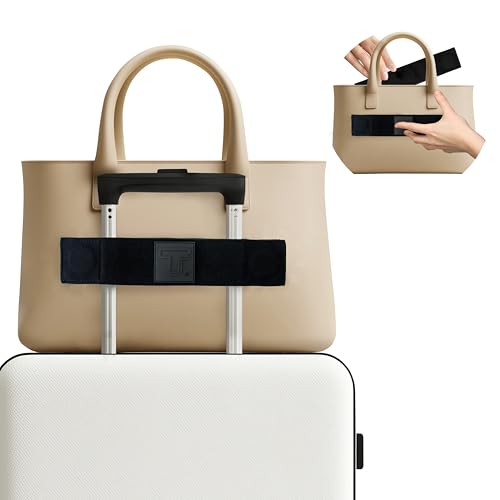



Choosing to transport alcoholic beverages requires awareness of established guidelines. Generally, you can include bottled drinks in your checked bags as long as they meet the airline’s and country’s restrictions.
Those planning to travel internationally should take note: customs regulations may impose limits on how much alcohol you can bring into your destination. Most countries allow travelers to import a certain quantity duty-free, often up to one liter per person. Always check the specific laws of your destination to avoid unexpected fees or confiscation.
For carry-on items, regulations differ significantly. Most airlines permit small quantities of alcohol in containers of 3.4 ounces (100 milliliters) or less, and these containers must fit within a single quart-sized bag. Liquids exceeding this amount are typically prohibited unless purchased after security screening.
To prevent damage during transit, pack bottles securely. Use bubble wrap or clothing for cushioning, and ensure bottles are tightly sealed to avoid leaks. Keep in mind that some airlines have additional restrictions, so verify their specific policies before packing.
Transporting Alcohol on a Flight
It is permitted to transport alcohol in checked bags, with certain restrictions. Travelers are allowed to bring bottles containing up to 5 liters of beverages with an alcohol content between 24% and 70% vol. Make sure to package the bottles securely to prevent breakage.
For those carrying items below 24% alcohol, there are no volume limitations for personal use. Always check the specific regulations of both the departure and arrival countries, as well as the airline’s policies, to ensure compliance.
In carry-on bags, liquids must adhere to the 3.4 ounces (100 ml) rule, meaning any alcoholic beverages must be in containers of this size or smaller. Beyond that limit, items must be transported in checked baggage.
Be cautious of customs regulations, which may impose limits on the amount of alcohol allowed upon entry into a new country. Research local laws regarding the importation of beverages to avoid potential fines or confiscation at customs.
For international travel, maintaining the original packaging and clear labeling will assist in smooth passage through security checks and customs. Always be transparent about the contents if questioned by personnel during screenings.
Understanding Airline Regulations for Alcohol Transport

Pack alcoholic beverages in checked baggage, ensuring you meet the quantity limits set by your carrier and the destination regulations.
Quantity Limits

- Most airlines allow up to 5 liters of alcohol with an alcohol content greater than 24% and up to 70%. Check specific airline policies for details.
- Bottles must be securely closed and damaged or broken bottles may result in confiscation.
Destination Rules
- Check the import regulations of the destination country as many have restrictions on the amount of alcohol allowed.
- Some countries impose duties or taxes on imported alcohol, which may require you to declare it upon arrival.
Comply with local liquor laws where applicable, especially when traveling internationally to avoid fines or confiscation.
Liquid Restrictions and Carry-On Policies
Transporting beverages through security requires adhering to specific regulations. For carry-on bags, liquids must not exceed 3.4 ounces (100 milliliters) per container and all must fit within a single quart-sized clear plastic bag.
- Containers larger than 3.4 ounces are not permitted in carry-ons.
- Alcohol above 70% ABV is typically banned in carry-on and checked baggage.
- For drinks purchased at the airport, ensure they remain sealed in the original packaging until reaching your destination.
In checked baggage, the quantity allowed often varies by carrier. However, transporting up to 5 liters (approximately 1.3 gallons) of alcohol with an ABV under 70% is common. Ensure the bottles are securely packed to prevent breakage.
- Verify restrictions specific to your airline before travel.
- Always declare any items that may be subject to regulations upon arrival at your destination.
Remember, regulations may differ depending on the country of departure and arrival. Increased scrutiny on international flights may apply, so planning ahead is advisable.
Packaging Requirements for Alcohol in Checked Luggage
To transport beverages securely in checked bags, packaging plays a crucial role. Ensure that bottles are tightly sealed to prevent leaks. Consider using bubble wrap or foam padding for added protection against breakage.
Recommended Packaging Materials
Utilize the following materials for packaging:
- Sturdy cardboard boxes or padded cases for multiple bottles.
- Plastic wrap to seal bottle caps tightly.
- Bubble wrap or foam inserts for cushioning.
Labeling and Visibility

Mark your packages clearly, indicating fragile contents. It’s beneficial to avoid potential mishandling during transit. Additionally, keeping bottles within their original packaging can assist in compliance and prevent damage.
| Packaging Type | Benefits |
|---|---|
| Bubble Wrap | Excellent cushioning and shock absorption. |
| Padded Cases | Designed specifically for beverages, providing maximum protection. |
| Cardboard Boxes | Lightweight and cost-effective for shipping multiple items. |
Adhering to these packaging guidelines will significantly reduce the risk of damage during travel. Always check airline policies for specific requirements regarding alcoholic beverages before packing.
State and Country Laws Regarding Alcohol Transport
Transporting beverages across borders requires awareness of the specific laws in different states and countries. Some jurisdictions allow a limited amount, often around one liter, for personal consumption without needing to declare it. Others have strict regulations, imposing fines or confiscation for unauthorized quantities.
In the United States, laws vary by state. Many states allow travelers to bring alcohol, but quantities may be limited to a certain number of cases or bottles. In several states, travelers must be at least 21 years old to import alcoholic beverages.
Internationally, regulations differ significantly. Countries such as Canada may permit travelers to carry specific amounts duty-free, while others might have strict prohibitions or extensive customs duties enforced. Always check the destination country’s customs website for precise guidelines.
Failing to comply with these regulations can result in penalties, such as fines or confiscated goods, impacting your travel experience negatively. It’s advisable to stay informed and prepared to navigate through legal requirements to ensure a hassle-free journey.
Declaring Alcohol at Customs: What You Need to Know
Always declare any alcohol you intend to bring into a country upon arrival. Different nations have specific limits on the amount allowed for personal use without incurring duties. Typically, the threshold ranges from 1 to 5 liters, depending on local laws.
Prepare to present receipts if you are carrying a larger quantity, as proof of purchase may be required. Be aware that exceeding the allowed limit could result in additional taxes or confiscation.
Some regions enforce strict regulations on certain types of beverages. Research local laws regarding specific products, as imports could be prohibited or restricted.
Customs forms often necessitate disclosure of all items, including beverages. Failing to declare can lead to penalties or delays in processing.
Contact customs authorities prior to traveling for detailed information about allowances, prohibitions, and any necessary documentation. Being informed will make the arrival process smoother and help avoid any potential issues.
Tips for Safely Packing Alcohol for Air Travel

Utilize sturdy, padded containers to protect bottles during transit. Consider bubble wrap or specialized wine travel bags that absorb shock, reducing the risk of breakage.
Always check the latest guidelines from your carrier regarding the maximum allowable quantity and specific packaging instructions, as these can vary significantly between airlines.
Seal and Mark Effectively
Ensure that all bottles are sealed tightly to prevent leaks. Mark the outer packaging as fragile to alert handlers to the contents, minimizing the chance of rough handling.
Plan for Customs Restrictions
Confirm limitations for bringing alcoholic beverages into your destination country. Some locations have strict rules on alcohol importation; knowing these ahead of time helps avoid unexpected issues at customs.
For optimal travel convenience, consider investing in best luggage for weekend travel, designed to accommodate fragile items securely.







